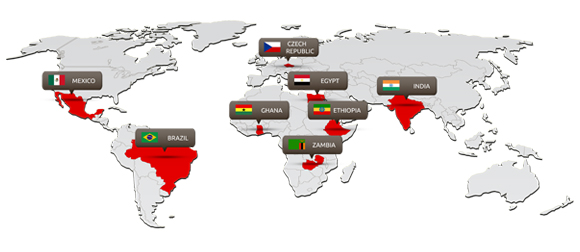What is the prepayment solution?
The prepayment solutions aim to simultaneously allow consumers to control their consumption and the utility company to control revenue collection through the utilization of various payment forms. Utilities have the flexibility to choose between charging the meter directly, which means the credit recharge operations are done directly through the meter, or indirectly through the use of a Customer Interface Unit (CIU).
Features
Prepayment Solution
The prepayment solution supports contact and contactless cards. The events registered by the system are:
- Power Monitoring
- Power supply failure events
- Power supply Activation events
- Over voltage events
- Under voltage events
- Configuration & Control
- Change in operating modes: Basic, Prepayment, Postpayment mode and vice-versa
- Reading and Configuration events (Via Optical, etc….)
- Date and time adjustment
- Tampers
- Over Maximum demand events
- Reverse Connection Detection
- Different types of meters can detect different forms of tampers
- Credit Control (Incase of Payment Plans)
- Credit recharge events
- Scheduled cut-off date
- Missing Credit events
Customer Interface Unit
In addition to the prepayment solution the consumer has the option to choose a Customer Interface Unit (CIU) through the meter is being charged indirectly:
- Two-way communication with the Meter via one of the following methods
- Radio communication via wired/wireless M-bus
- RS-485
- PLC
- ZigBee
- Bluetooth
- Real time information displayed to the end-user
- The Meter is accessible to utility field technical staff for audits & inspections at all hours
- Significantly reduces the risk of tampering with the meter
- The CIU can be configured to indicate several events, tampers, etc…
- Consumers can track their consumption from the comfort of their home
- Various topologies of remote access systems are possible depending on the nature of the site and the communication technology used within the split meter
- The CIU provides both visible and audible alarms to indicate that the credit level is at or below preset “low level” limits





